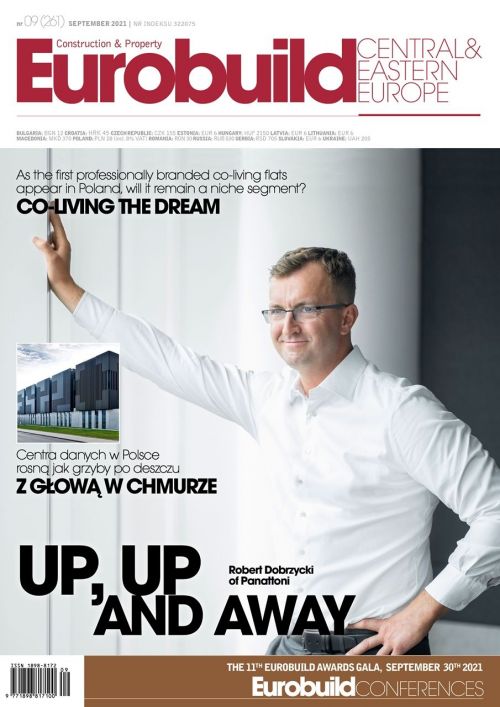Just like its workplace equivalent, co-working, it could be viewed as an expression of the sharing economy – a shift away from the obsession with ownership and being rooted in one place and, as living space becomes ever more scarce and expensive, towards a cheaper, more footloose and community-centred lifestyle. Unlike co-working, however, co-living has yet to really establish itself in Poland and the CEE region. But as the institutional private rental sector takes off, the first co-living operators have started to take a keen interest in our part of world and are tentatively opening their first buildings here.
First of all, what exactly is co-living? And how does it differ from more traditional private rentals? In simple terms the concept involves providing fully-serviced apartments and community space that is generally shared by students or young professionals. “Co-living is a modern concept that provides shared rental housing with a focus on community sense and a hospit































































